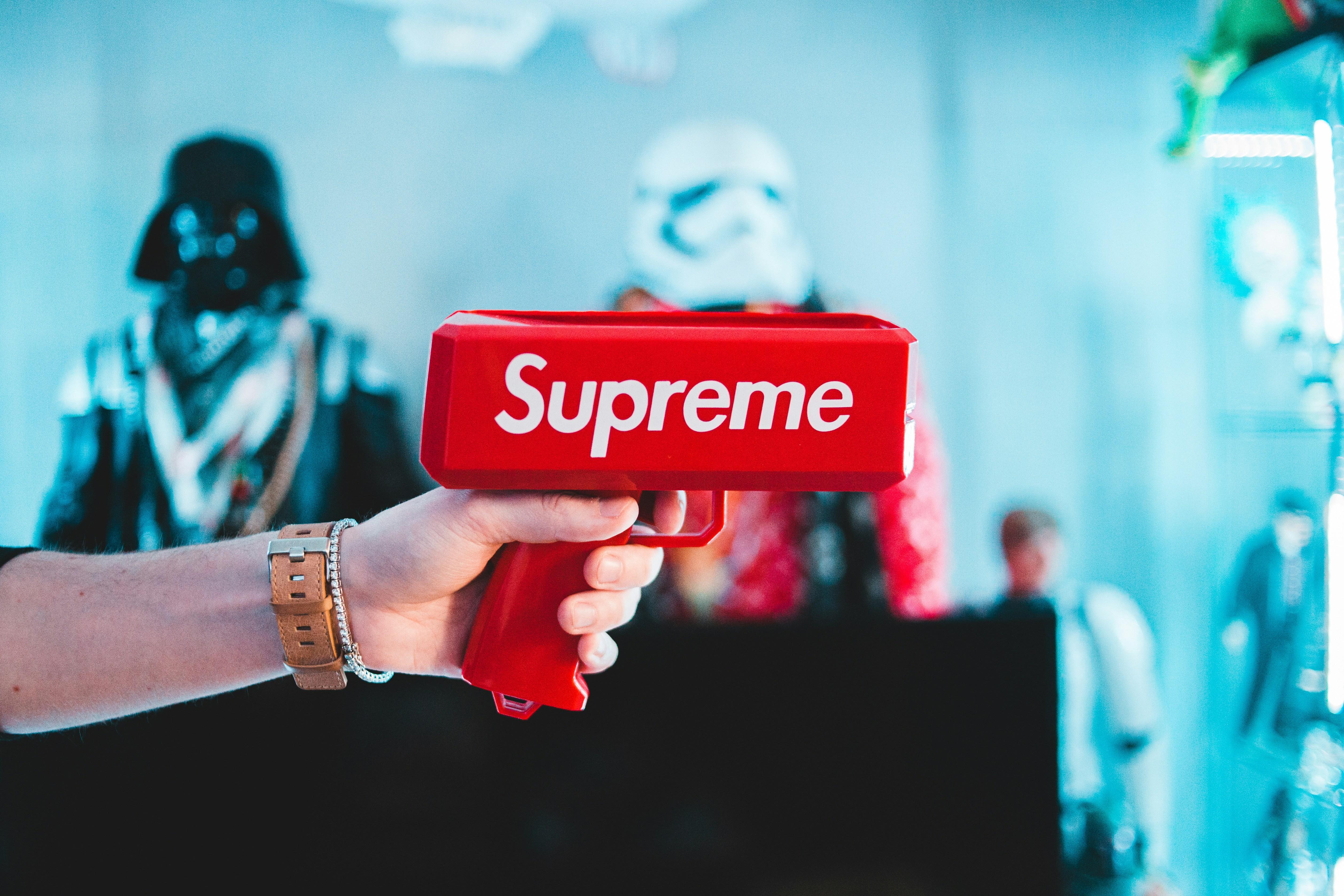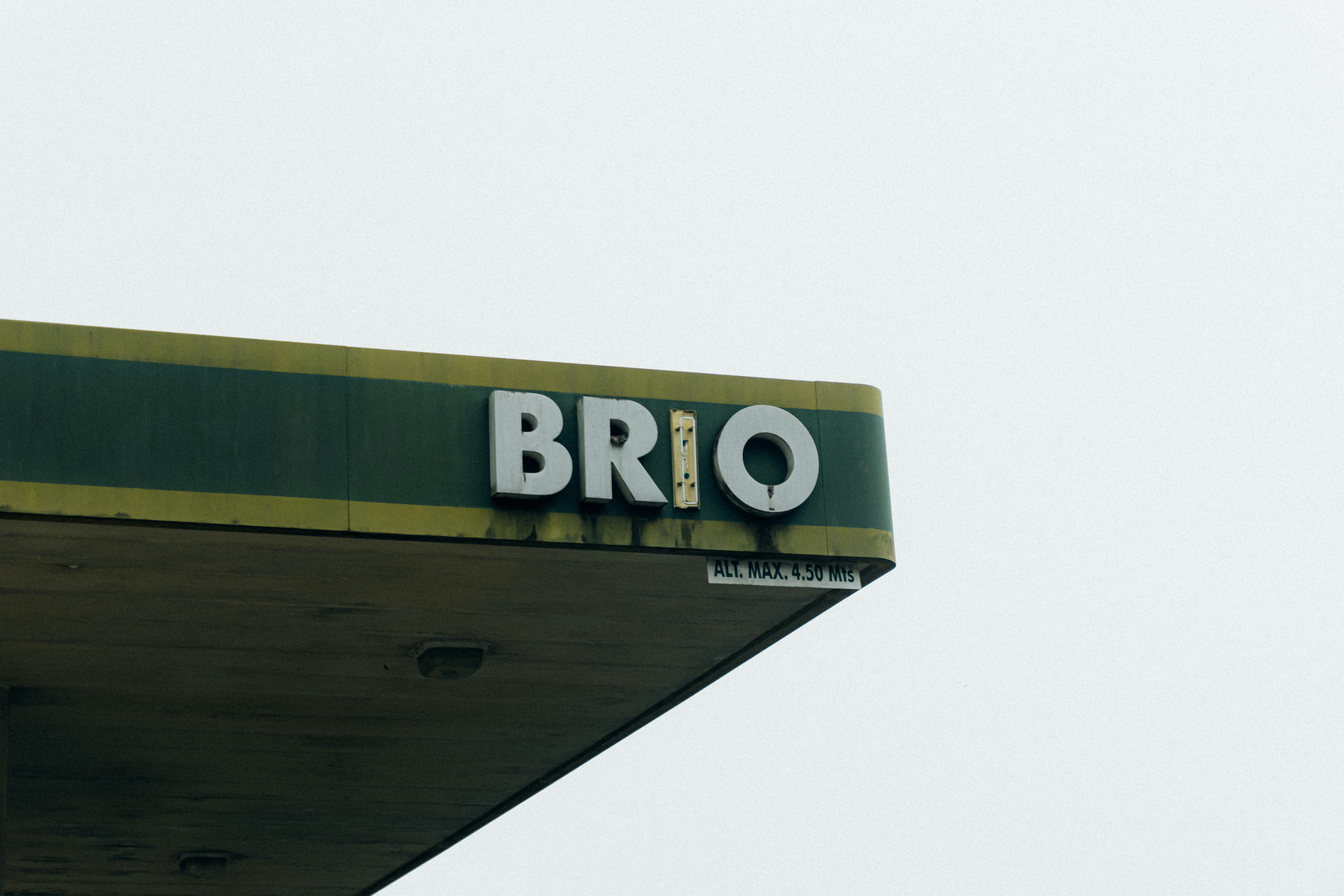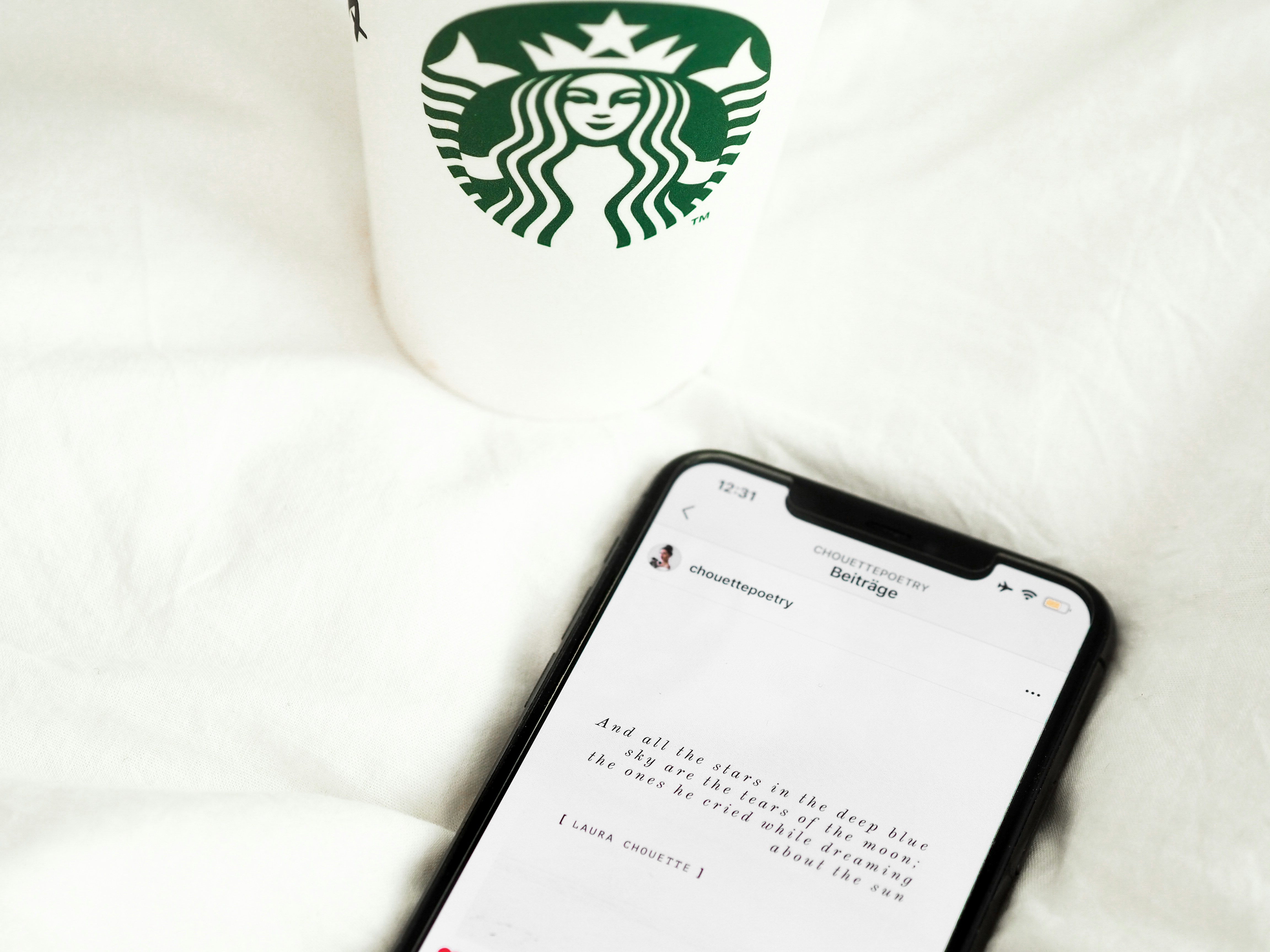Dine Brands Bets on Meal Deals and Marketing to Reignite Traffic
Dine Brands is centering complete-meal value and sharper marketing at Applebee’s and IHOP to turn awareness into visits and rebuild guest frequency.

Photo by Erik Mclean on Unsplash
A Value-First Reset
The new playbook is simple and sharp: give guests a complete meal at a price they can plan around, then make sure the message is impossible to miss. The company’s chief set the tone with two clear priorities: "enhancing our menu and value platforms, [and] communicating our brand's value more effectively through improved marketing." That’s the heartbeat here—tighten the offer, then tell the story. At the store level, it’s already paying off. Applebee’s leaned into value with "Two-for-$25" and shook off a streak of declines to post positive traffic. The brand didn’t try to out-fancy anyone. It went right at the decision guests make on a Tuesday night: Can we get a full dinner at a predictable price? Bundled meals do the heavy lifting—less mental math, more confidence in the total check. It’s a big win when every dollar counts.

Why Value, Why Now
The market nudged this move. Inflation lifted prices at QSRs and fast casuals, and even segment leaders like Chipotle felt the traffic hit. Guests started comparing occasions, not line items. Dinner versus dinner. Breakfast versus breakfast. In that context, complete-meal deals make the trade-off obvious and the savings visible. Recent comps tell the story. Chili’s, Applebee’s, and Olive Garden all posted positive same-store sales last quarter as complete, low-priced meals reframed affordability. Consistent, bundled pricing doesn’t just look good in ads; it takes friction out of planning a visit. That’s the sweet spot Dine Brands is chasing—defend against price sensitivity and rebuild frequency by making value the headliner, not the fine print. When wallets tighten, clarity wins.

Applebee’s Finds Its Gear
Applebee’s "Two-for-$25" isn’t subtle. It anchors a full occasion at a price people can slot into the weekly routine. That’s the point. Bundles cut decision fatigue and highlight total-check savings—two big barriers when diners are hesitant to eat out. The result: an end to sales declines and a return to positive traffic. There’s a psychology at play. Guests don’t want to solve a math problem to get dinner. They want a set price that feels fair and fills the table. By leading with a complete, predictable deal, Applebee’s turned an abstract value promise into a concrete reason to visit. It’s not flash. It’s focus. And it’s working.
IHOP’s Day-Long Deal
IHOP is pushing the same message across the clock. The $6 value menu is "available from 7 a.m. to 10 p.m." and is composed of "four meals." That construction does two things. It makes affordability the headline at breakfast, lunch, and dinner. And it offers a complete choice—no guesswork—for guests who want a fast, fair option at any hour. The day-long reach is deliberate. Not everyone eats on the promo’s schedule, and tight windows leave visits on the table. A $6 slate that spans dayparts meets guests where they are. It’s practical, it’s easy to understand, and it keeps the brand in the conversation for more occasions. Short story: simple builds trust; trust builds traffic.

How The Offers Work
Under the hood, the mechanics are clean. Applebee’s relies on established bundles to signal value right away. Then it widens access. Kim said the chain tested the expanded availability of its value menu in Q2 and "saw positive results in traffic and sales," showing broader windows can convert awareness into visits. That’s not flashy; it’s operational timing tuned to demand. IHOP’s framework mirrors that thinking. Keep the offer simple. Keep it complete. Make sure it’s there when people want it. A four-meal build at $6, running from breakfast through late evening, reduces decision friction and reinforces perceived savings. Together, these steps stitch offer design and availability into one system meant to stabilize traffic and reestablish routines. It’s menu engineering as a demand engine.
Turning Awareness Into Visits
Price only matters if people see it, believe it applies to their visit, and feel welcome to act. That’s why the campaign will lean into "whimsical, family-focused storytelling designed to resonate with Gen Z and millennial audiences." The creative job: turn menu math into an emotional green light. There’s a tight link between message and mechanics here. The storytelling should showcase complete-meal bundles, the daypart reach of IHOP’s $6 menu, and the simplicity of in-the-moment choices. The priority to keep "communicating our brand's value more effectively through improved marketing" sets a high bar. Done right, that ad on a screen becomes a table sat, an order placed, and a habit rebuilt. When affordability is clear and feels inviting, frequency follows. That’s the bridge from intent to action.
The Competition Pivots
This isn’t happening in a vacuum. Breakfast rival Denny’s rolled out "5 Slams for $5," putting a known platform at a sharp price to pull in cost-conscious guests at morning and off-peak hours. Meanwhile, McDonald’s reduced the price of eight core combos by "about 15%," pairing breadth of choice with bundled clarity—even at breakfast. The net effect: a market-wide pivot toward holistic meal deals that let guests compare full occasions, not piecemeal costs. That ups the standard. Distinctiveness now depends on crisp communication and time-of-day relevance. For Dine Brands, it means IHOP’s $6 menu and Applebee’s bundles must be matched by message precision and availability that hits traffic gaps exactly where they’re widest. The brands that win will make value obvious and effortless.
Early Signals, Harder Daypart
The early read is encouraging. Chili’s, Applebee’s, and Olive Garden posted positive same-store sales last quarter. And at Applebee’s, "Two-for-$25" helped end a run of sales declines and return the brand to positive traffic—a clean proof point for the playbook. But breakfast remains a tougher climb, where Denny’s and IHOP have lagged the wider rebound. That’s where value needs to show up with extra clarity. IHOP’s $6 menu, spanning "7 a.m. to 10 p.m." across "four meals," is built to make breakfast (and beyond) accessible and consistent. Denny’s answer pressures the category. Execution will decide the winner. If the Q2 test results that "saw positive results in traffic and sales" scale, the breakfast gap can narrow as meal-deal dynamics intensify. Clear value at the moments of most pressure is the unlock.
What Is Known And Unknown
Some pieces are locked in. Dine Brands is emphasizing complete-meal value, widening access windows, and pairing those moves with audience-specific marketing. Applebee’s returned to positive traffic with "Two-for-$25." IHOP is pressing a $6 value menu that spans "7 a.m. to 10 p.m." with "four meals." Competitors are leaning the same way—from Denny’s "5 Slams for $5" to combo price cuts of "about 15%" at McDonald’s. Other details are still offstage. The magnitude and duration of Applebee’s traffic gains aren’t quantified here. The exact creative elements and timing, beyond the family-focused tone, remain unspecified. Kim’s role is referenced without biographical context. And while Q2 testing produced encouraging signals, margin impact and the cadence for scaling broader availability aren’t detailed. Those boundaries don’t dim the strategy. They simply mark what to watch next.

What To Watch Next
The blueprint is cohesive. Use established bundles to demonstrate immediate value. Widen access to catch incremental occasions. Reinforce it all with creative that spotlights affordability in relatable terms for younger families and value-seeking diners. The execution test is daypart consistency and message fit. Put simply: show up clearly when guests feel the squeeze, especially at breakfast and off-peak hours. If that happens, traffic should stabilize and frequency rebuild. As more operators converge on complete, low-priced meals, the edge will come from converting perceived savings into routine visits. For Dine Brands, the pieces are in motion—Applebee’s has a visible offer that reset momentum; IHOP has a day-long, four-meal value slate; and the marketing aims to bridge intent to action. The lesson is straightforward and worth the trip: sharpen the offer, align availability, and tell one clear story. When the value is obvious and the choice is easy, guests don’t hesitate—they come back with purpose. Big win.